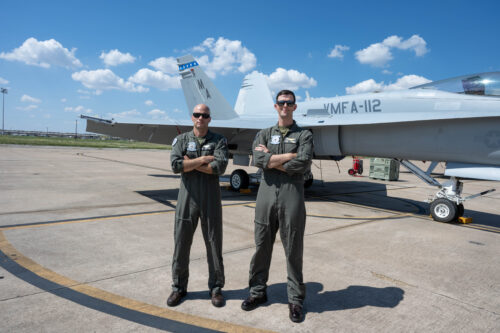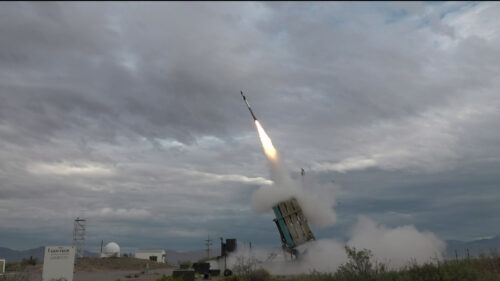A historic era in naval aviation came to an end as Marine Fighter Attack Training Squadron 101 (VMFAT-101), affectionately known as the “SharpShooters,” was officially deactivated during a solemn “sundowner ceremony” on Friday. The decommissioning of VMFAT-101 marks the conclusion of over 50 years of dedicated service in training pilots to fly F-4 Phantoms and, later, F/A-18 Hornets.
Category: Marines
Arkansas aviation drama: Marines save downed aircraft pilots
Amidst the endless expanse of the Arkansas sky, two U.S. Marine Corps pilots, Lt. Col. Christopher Baker and Maj. Robert Lundgren, were en route from a memorial event in Beaufort, South Carolina. Little did they know that fate had a different mission in store for them that day.

Photo: MARFORRES COMMSTRAT
Continue reading “Arkansas aviation drama: Marines save downed aircraft pilots”
F-35B from VMFAT-501 crashes north of North Charleston
An F-35B fighter assigned to U.S. Marine Fighter Attack Training Squadron 501 (VMFAT-501) has crashed north of North Charleston. The pilot of the aircraft ejected safely but the

Continue reading “F-35B from VMFAT-501 crashes north of North Charleston”
Disabled AV-8B temporarily disrupts flights at Coastal Carolina Airport
A routine landing at Coastal Carolina Airport in Craven County took an unexpected turn when a U.S. Marine Corps AV-8B Harrier jet experienced a blown tire on the runway, causing temporary disruptions to air traffic.
Continue reading “Disabled AV-8B temporarily disrupts flights at Coastal Carolina Airport”
U.S. Marine Corps set to strengthen Air Defense with additional purchase of Iron Dome system
The United States Marine Corps (USMC) is poised to bolster its defense capabilities with the acquisition of the Iron Dome air defense system, a move outlined in an official notice of intent recently published on the System for Award Management site. This strategic procurement involves the acquisition of 1,840 Tamir interceptor missiles, 44 launchers, and 11 US-made command centers, signaling a significant enhancement to the Marine Corps’ air defense capabilities.
